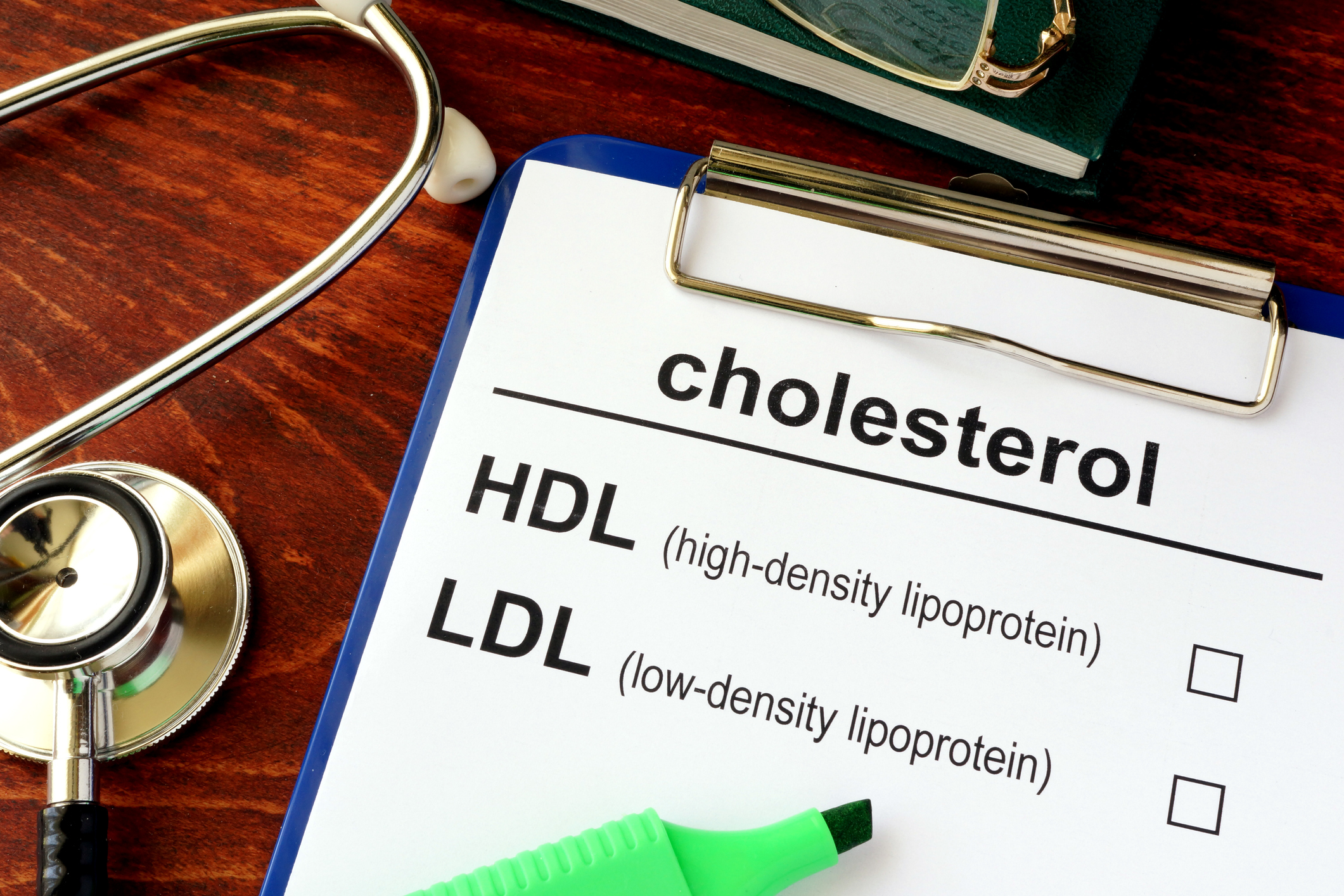Signs you need to get your cholesterol levels checked
High cholesterol isn’t discussed as much as other diseases and health issues, but it’s a significant concern that affects many Americans.
The Centers for Disease Control and Prevention reports an estimated 94 million adults in the U.S. suffer from high cholesterol. Still, many don’t know it because high cholesterol often has no symptoms. But if left untreated, high cholesterol can lead to severe health conditions such as a heart attack or stroke.
Scheduling an annual checkup with a Wellness Plan doctor and having a blood test is a recommended way to determine if you have high cholesterol, but if you’re aware of them, there can be warning signs before it’s too late.
Here’s what to look out for.
The Dangers of High Cholesterol
Cholesterol is a natural, waxy substance produced by the liver and found in our food. So, people who eat healthily or are vegan can sometimes have high cholesterol levels. High cholesterol and heart disease are linked, including heart attacks and stroke. The prevalence of heart attacks has reduced primarily because of more awareness, effective treatments, and understanding of risk factors for advancing heart disease. Cholesterol is usually divided in your blood test into total Cholesterol, HDL (good cholesterol), Triglyceride, and LDL (bad cholesterol). Among the riskiest scenarios is to have a high LDL and low HDL.
Why You May Have High Cholesterol and No Symptoms
High cholesterol often doesn’t appear as a disease and rarely has warning signs, and it usually is detected by a fasting blood test. Routine doctor visits and discussions are important in heart disease prevention. High blood pressure or hypertension is ‘the silent killer’ because uncontrolled high blood pressure usually doesn’t have symptoms but can easily lead to death. Having elevated cholesterol can be as deadly as having untreated high blood pressure.
Yellow Bump Breakouts
Yellow bumps commonly seen around the eyes or eyelids are fat deposits under the skin, and they are associated with high cholesterol levels and a higher risk of heart disease. People who notice these yellow bumps around their eyes should be checked by their doctors and follow the doctor’s recommendations for treatment.
Belly Fat
Since the late 1960s, abdominal obesity has been associated with diabetes and high cholesterol. Medical professionals call it “Metabolic Syndrome,” which includes high blood pressure and low HDL or “good cholesterol.” Metabolic syndrome is linked to a higher risk of heart disease. The rise in obesity in our society is due to several factors, and a higher level of heart attacks and strokes are included in those factors.
Shortness of Breath
When you get winded or have labored breathing might indicate a clogged coronary artery. While many people with heart trouble may experience chest pain, shortness of breath is more common in women and older adults. If you’re having shortness of breath, it must be checked out as soon as possible. It should not be considered simply a part of getting older and should be taken very seriously.
How to Start Lowering Your Cholesterol
You can take an active role in reducing your harmful cholesterol levels. You can start by losing weight, eating healthier, and increasing your physical activity. Cardiologists report that your dangerous cholesterol levels will decrease in a few weeks when you begin eating right and exercising. Avoid processed and packaged food and saturated fat. Examine the total fat, saturated fats, and trans fats you’re eating by reading food labels for information to help make healthier choices. It’s essential to remember that vegan and lower-fat foods touted as “healthier” may have the same or even higher fat levels as full-fat foods because of higher amounts of sugar. Also, keep in mind that sugary foods can break down in the body as fat, which can increase harmful cholesterol levels.

